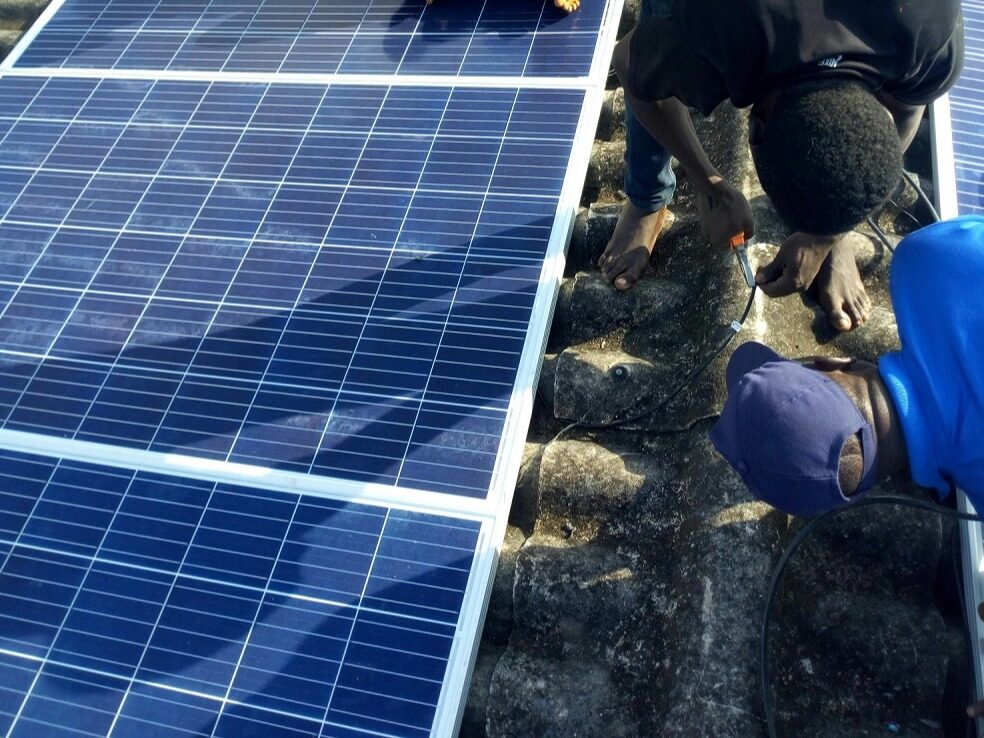- SGP will build an LNG receiving facility in the Map Ta Phut area, with the goal of selling natural gas to the industrial sector

Siam Gas and Petrochemical Plc (SGP), Thailand’s second-largest liquefied petroleum gas (LPG) trader, is stepping up the construction of liquefied natural gas (LNG) terminals. The plan is to sell natural gas to the industrial sector. This is in line with the government's requirements. After PTT Plc monopolized the domestic market in 2011, the government began to open up Thailand's LNG trade in 2016. Officials issued transportation permits to the new LNG transportation companies, allowing them to lease two receiving stations owned by PTT to conduct business at Rayong.
SGP Deputy General Manager and Chief Financial Officer Jintana Kingkaew said that SGP plans to build an LNG receiving facility on the Ban Nong Fab 400 rai land in Rayong Map Ta Phut, which is adjacent to PTT's second LNG receiving terminal. SGP is currently conducting an environmental impact assessment (EIA) report. Once the environmental impact assessment is approved, it will start the construction of a 7 billion baht receiving station. SGP plans to operate the facility within three years with a storage capacity of 80,000 to 100,000 tons. It plans to sell liquefied natural gas to factories located outside the construction area of the PTT natural gas pipeline network, and will target those who wish to reduce emissions from high emissions. Of diesel and fuel oil to factories with cleaner fuels such as natural gas.
SGP established Siam LNG in 2018 and entered the LNG business. The first batch of LNG imports was supposed to be completed last year, but due to the impact of the epidemic, the plan was postponed. The distribution of LNG will be carried out by trucks.
In the field of liquefied petroleum gas, the company has allocated 500 million baht in 2021, mainly for expansion of LPG storage facilities in Thailand and Malaysia, construction and refurbishment of LPG filling stations for vehicles, and LPG cylinder development projects. Jintana Kingkaew predicts that by the end of 2021, the sales of LPG will increase from 3.24 million tons last year to 3.73 million tons, an increase of 15%. This is still lower than 3.83 million tons before the 2019 pandemic. Editor/Ge Siyu
Comment
 Praise
Praise
 Collect
Collect
 Comment
Comment
 Search
Search














Write something~